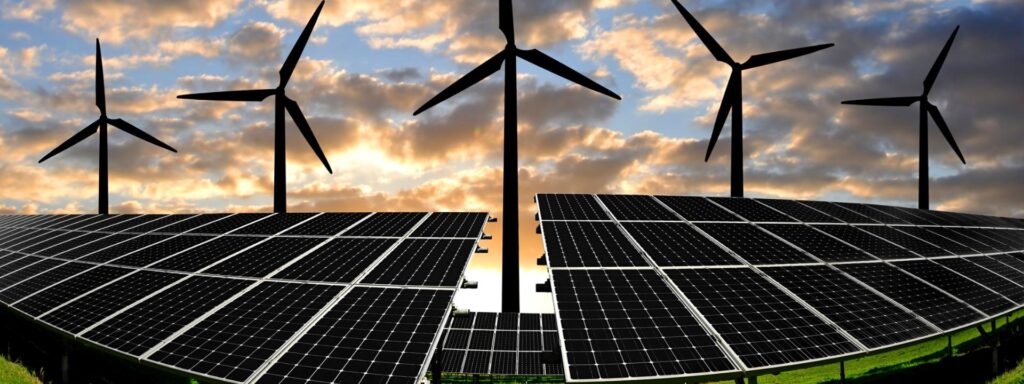Global Clean energy spending stood at $1.8 trillion, falling short of the funding requirements to achieve net zero emission
Global spending on the clean-energy transition soared to unprecedented levels, reaching $1.8 trillion in 2023, as nations intensified efforts to combat climate change, according to a report from BloombergNEF.
However, this significant investment falls short of the necessary funding required to achieve a net-zero emissions trajectory. The report emphasizes the urgency of addressing climate change in the aftermath of the hottest recorded year, with even higher temperatures expected this year.
The total spending marked a 17% increase, encompassing investments in renewable energy installations, electric vehicles, hydrogen production systems, and various clean technologies. When factoring in the funds allocated for building clean-energy supply chains and $900 billion in financing, the overall funding in 2023 reached approximately $2.8 trillion.
Although there has been a growing momentum in spending on clean technology, there is the need for substantially more investment. The report suggests that the world should be investing more than twice the current amount in clean technology to achieve net-zero emissions by mid-century.
There are estimates that annual global spending on the energy transition should surpass $4.8 trillion from 2024 to 2030 to align with a net-zero pathway. This further points to the imperative need for governments to ramp up efforts, emphasizing that investments need to surge by 170% to meet the net-zero goal.
What you should know
- China continues to be the dominant market, with $676 billion spent in 2023, although this represents a relatively modest 6% increase compared to 2022.
- In contrast, investments in the US, the UK, and Europe experienced robust growth, collectively reaching $718 billion with increases of at least 22%.
- Incentives from the Inflation Reduction Act, a flagship US climate law, and strong sales of electric vehicles in the UK contributed to this growth.
- While spending on electric vehicles surged by 36% to $634 billion, surpassing renewable energy, which saw an 8% increase to $623 billion, investments in power grids totaled $310 billion. These grids play a crucial role in delivering clean energy from new wind and solar farms.
Nascent technologies also exhibited rapid growth, with hydrogen investments tripling to $10.4 billion, signaling an increasing interest in emerging clean energy solutions.
As the world navigates the steep trajectory of clean energy spending, it suggests that despite rapid growth, concerted efforts are required to stay on course for the challenging task of achieving net-zero emissions.
